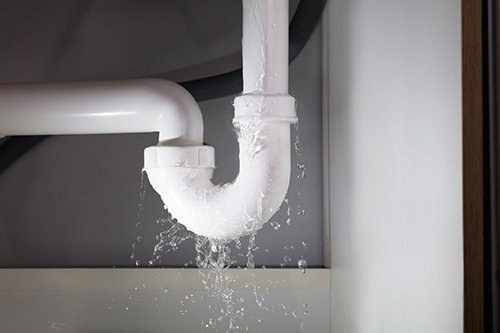Memory leaks will cause your device to crash after a period of time once it runs out of memory. A quick way to find out if your application has a memory leak(s) is to monitor it with top:
|
|
PID USER PR NI VIRT RES SHR S %CPU %MEM TIME+ COMMAND 1 root 15 0 2156 668 572 S 0 5 .0 0:00.14 application |
If you see the %MEM increase over time for no particular reason, then you’ve got a memory leak. However, it might be tricky to isolate where the issue occurs exactly. The first thing to do is the review your source code for the following: Malloced memory is always freed fopen is always followed by fclose, and open by close scandir calls are properly freed Threads are properly terminated with pthread_cancel & pthread_join or pthread_detach, etc… If after a code review you cannot find the reason for the memory leak, use the following piece of code:
|
|
int return_process_memory_usage(void) { char buf[64]; int fd = open("/proc/self/statm", O_RDONLY); if(fd < 0) { return -1; } read(fd, buf, sizeof(buf)); close(fd); return atoi(buf); } #define DISPLAY_MEMORY_USAGE fprintf(stderr, "Memory usage: %d pages\n", return_process_memory_usage); |
The memory usage is displayed in numbers of pages. Usually, one page is 4096 […]





